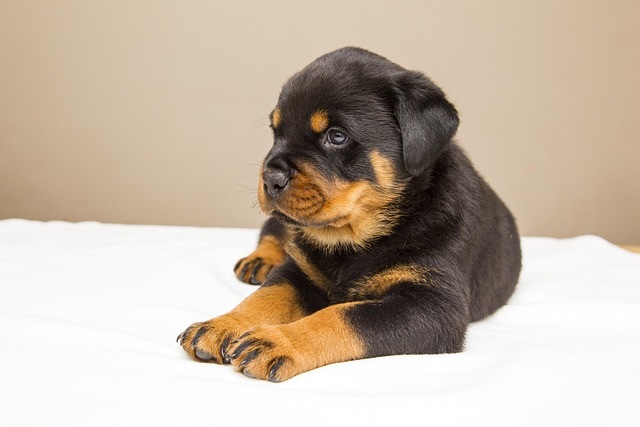
How do i train my dog to be obedient?
Watching your dog dart across the park ignoring your calls isn’t just frustrating—it can put them at risk near busy streets or public spaces.
You’re watching an agility trial at your local Portland park, mesmerized as a Border Collie soars over hurdles like a furry superhero. Your own Golden Retriever, Bailey, tugs his leash as if saying, "I could do that!" While teaching jumps sparks joy, rushing into high leaps risks injury and erodes trust. Positive reinforcement agility training isn’t about forcing height—it’s about building confidence step-by-step while honoring your dog’s physical limits.
Biologically, jumping strains growing joints. Puppies under 18 months lack closed growth plates—repetitive impacts can cause lifelong damage, especially in large breeds like German Shepherds. Even adult dogs need conditioning: weak core muscles or poor landing form (like crashing down on front paws) inflames tendons. Start with ground poles first to teach stride rhythm. Use a lightweight foam bar at ankle height, guiding Bailey over it with a lure (think: chicken held at nose level). Reward attempts, not just success—if he steps over, celebrate! This leverages operant conditioning: he’ll associate effort with joy, not pressure.
Break training into bite-sized sessions. In your Seattle apartment hallway, lay two books 3 feet apart. Lure Bailey between them to practice straight-line focus—a skill preventing knocked bars later. Gradually raise the bar to knee height only when he clears it confidently 5x in a row. Pair each jump with a release cue like "Over!" to build verbal control. Always end before frustration sets in; five minutes daily beats one marathon weekend session. For city dwellers, use quiet hours (e.g., post-7 PM) for hallway drills to avoid neighbor complaints about clattering equipment.

Safety and legality intertwine. Just as updating Bailey’s rabies tag is mandatory for public classes (check county laws—some require semi-annual boosters), and carrying waste bags avoids fines in places like Austin’s Zilker Park, safe dog jumping techniques prevent negligence claims. Never punish missed jumps—yanking leashes or withholding rewards violates animal welfare norms. If Bailey refuses a jump? Revert to an easier height. His body, his choice. At community spaces, practice only in designated areas—never let him leap over picnic benches or playground equipment. That’s both a tripping hazard and poor "share the park" etiquette.
Agility should strengthen your bond, not strain it. Before advancing to competition-style jumps, vet-check Bailey’s hips and heart. For backyard setups, anchor bars with lightweight cups so they fall if bumped—backyard agility training thrives on error-friendly design. Pair jumps with recall games ("Jump, then come!") to reinforce off-leash control in unpredictable settings. Remember: the goal isn’t trophies. It’s that bright-eyed prance Bailey does when he realizes you’re his favorite teammate.

Watching your dog dart across the park ignoring your calls isn’t just frustrating—it can put them at risk near busy streets or public spaces.

New puppy owners often find themselves rushing to clean up accidents before they set in, and that’s where puppy pad training becomes a game-changer.

If you've noticed your dog's waistline disappearing and your veterinarian has mentioned those few extra pounds, your first instinct might be to simply reduce the amount of food in their bowl.

Training a dog to use a designated spot indoors isn’t as daunting as many new owners fear, but it does take consistency and an understanding of your pet’s needs.

That moment of dread on a walk is all too familiar for many new dog owners. You see another dog approaching down the sidewalk of your neighborhood

If the sight of another dog on your neighborhood walk makes your heart sink as your own dog erupts into a frenzy of barking and lunging, you're not alone.